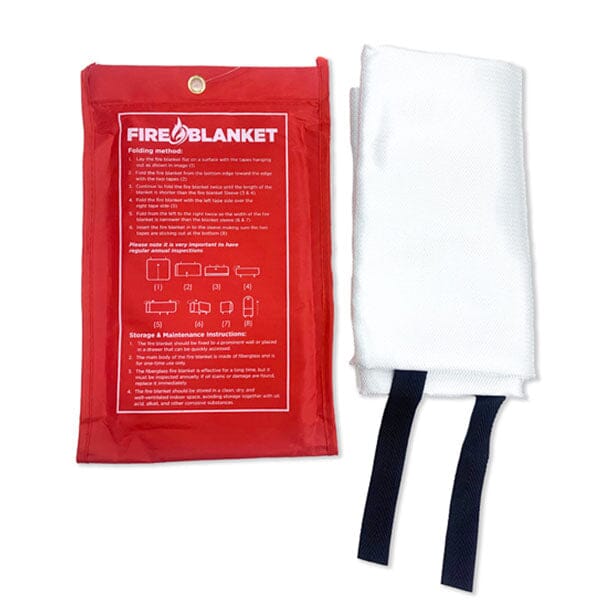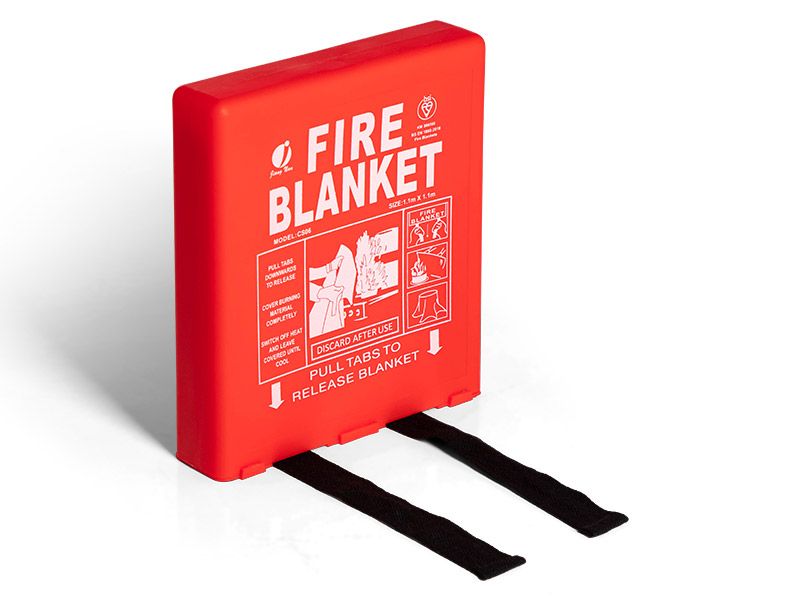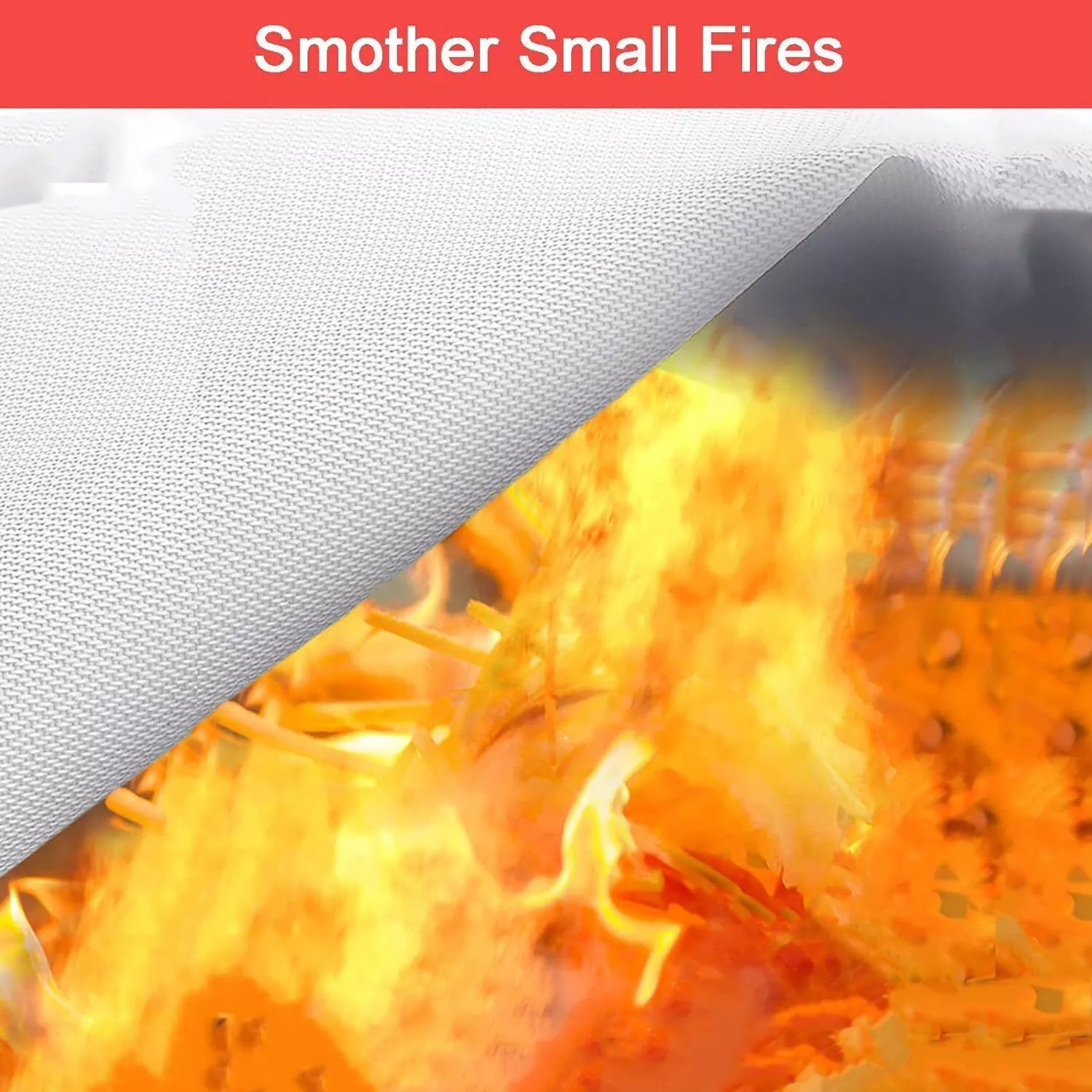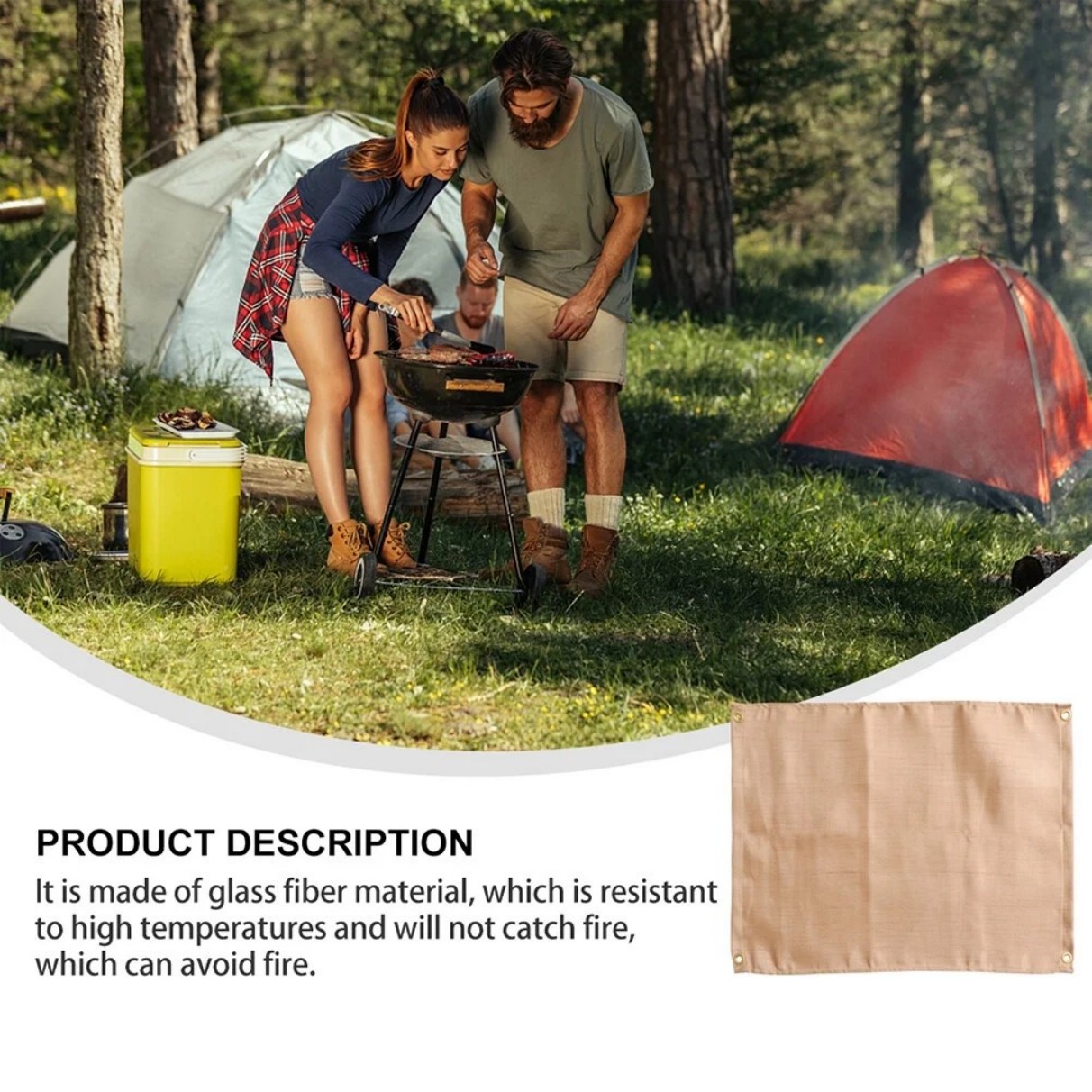Fireblanket Safety Guide: How to Use Fire Blankets for Home & Workplace Protection
Summary:This guide explains what fire blankets are, how they work, where to place them, and step-by-step instructions for proper use. Learn why every kitchen and workshop should have this essential fire safety tool.
What Is a Fireblanket?
A fireblanket is a safety device designed to extinguish small fires by smothering them. Made from flame-resistant materials like fiberglass or wool treated with fire-retardant chemicals, it cuts off oxygen supply to flames. Unlike fire extinguishers, blankets create no mess and are reusable after proper inspection.
When to Use a Fireblanket
Use your fireblanket for:
- Small kitchen fires (grease, stovetop, or oven fires)
- Clothing fires (if someone's clothes catch fire)
- Electrical appliance fires (after unplugging the device)
- Workshop fires involving flammable liquids
Never use on large fires, gas fires, or wildfires. For these, evacuate immediately and call emergency services.
How to Use a Fireblanket Correctly
- Pull the tabs to release the blanket from its container
- Hold the blanket by the corners with your hands protected behind it
- Approach the fire carefully from upwind if possible
- Place the blanket gently over the flames - don't throw it
- Leave the blanket in place for at least 15 minutes
- Turn off any heat source if safe to do so
- Don't remove the blanket until completely cool
Where to Install Your Fireblanket
Place fireblankets in these key locations:
- Within 6 feet of cooking appliances
- Near workshop areas with heat sources
- Garages with flammable materials
- Science labs in schools
Mount them on walls using the provided quick-release containers for easy access. Ensure everyone in your home or workplace knows their location.
Fireblanket Maintenance
Inspect your fireblanket every 6 months:
- Check for tears, holes, or contamination
- Ensure the container isn't blocked
- Verify the quick-release mechanism works
- Replace if used or damaged
Most fireblankets last 5-7 years with proper care. Write the purchase date on the container for reference.
Fireblanket vs. Fire Extinguisher
While both are important, fireblankets offer advantages:
| Feature | Fireblanket | Fire Extinguisher |
|---|---|---|
| Best for | Small contained fires | Larger spreading fires |
| Cleanup | Minimal | Extensive |
| Training needed | Basic | Moderate |
| Cost | $20-$50 | $50-$150 |
Choosing the Right Fireblanket
Look for these features when buying:
- Certification marks (UL, CE, or BS EN standards)
- Appropriate size (minimum 1m × 1m for home use)
- Heat-resistant handles or tabs
- Durable storage container
- Clear usage instructions
Final Safety Tips

Remember these key points about fireblankets:
- Practice using your blanket before an emergency
- Never wrap a person in a burning blanket - lay it flat
- Keep baking soda nearby as an alternative for grease fires
- Teach children how to identify and fetch the blanket
- Have an evacuation plan even with safety equipment
A properly used fireblanket can prevent small accidents from becoming disasters. Invest in this simple, effective tool today for complete fire protection.






